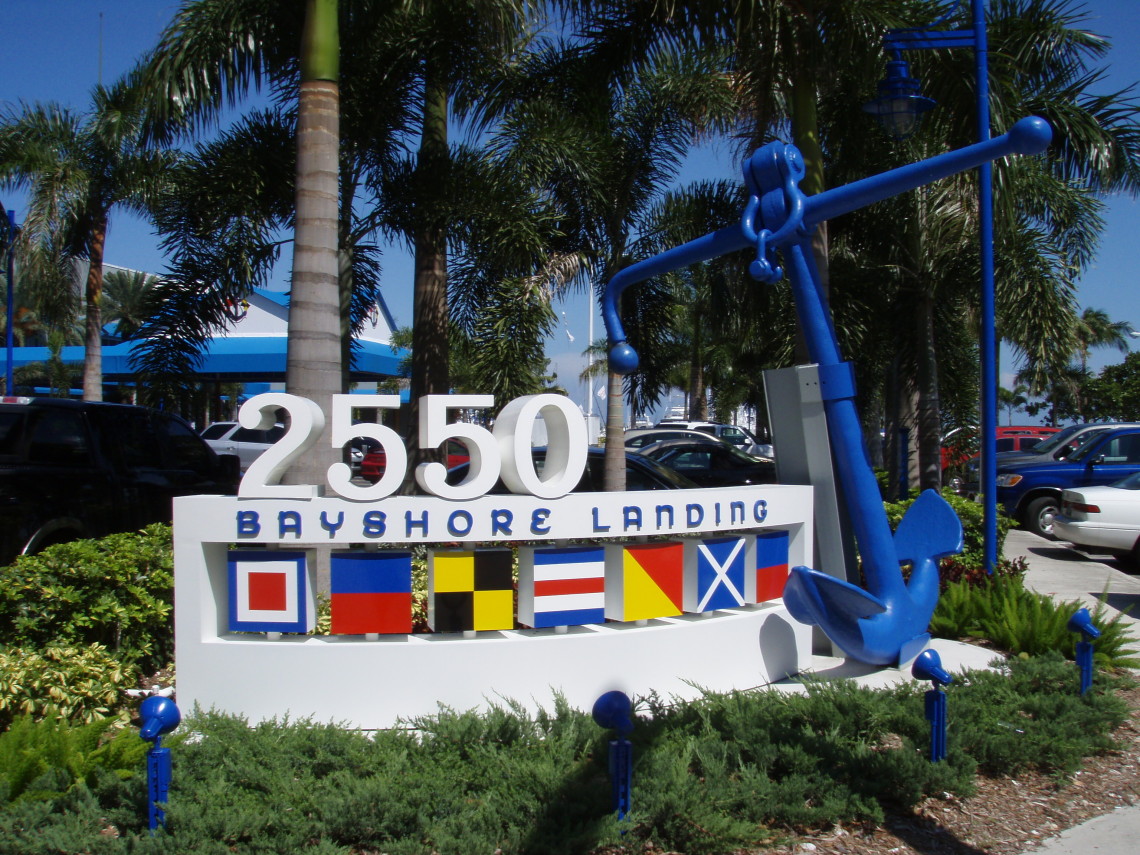Published Articles
Personal Watercraft Civil Litigation on the Rise
Personal Watercraft (PWC)-related civil litigation has experienced a dramatic increase in recent years, fueled by a large installed population (1.2 million), sales of over 100,000 units per year, higher top speeds (up to 65 MPH stock) and several design defects including the most prominent, Off-Throttle Steering Loss (OTSL). OTSL occurs when an operator, faced with a potential collision hazard, releases the throttle to slow the craft and then steers away from the hazard. Because of their jet-pump design, PWC do not provide steering control under these circumstances. According to the National Transportation Safety Board (NTSB) 24% of PWC accidents have steering problems or loss of control as a contributing factor.
PWC manufacturers claim that this loss of steering control is inherent in any jet-pump design and that operators are to blame for improper use of PWC. However, at least 80% of PWC operators have had prior boating experience, implying that there is something inherently different about PWC as compared to traditional recreational powerboats. That something is the loss of steering control under circumstances when it is needed the most. This counterintuitive steering response also occurs when the engine is off. Off-engine scenarios are easy to envision and include, among others, inadvertent pulling of the lanyard, engine failure, and intentional use of the stop button.
Disproportionate and rising PWC accident statistics (as compared to traditional recreational powerboats) prompted the NTSB to conduct a nationwide PWC Safety Study in 1998. On the average each one percent of PWC registrations generates five percent of recreational boating accidents. A United States Coast Guard (USCG) sponsored survey found that the exposure rate for non-fatal PWC accidents is 6.5 times higher than for traditional recreational powerboats. A few years earlier, a survey of hospital admissions conducted by the American Medical Association and the Centers for Disease Control found that PWC operators were 8.5 times more likely to be injured than persons in powerboats. Another recent study of hospital admissions found that in the Orlando, Florida area only 8% of all non-fatal PWC accidents requiring hospital treatment were reported to state authorities. And a recent analysis of off-engine boating accident reports shows these accidents are increasing at a rate of 59% per year and in the year 2000 a total of 1,252 off-engine accidents occurred.
Considering the obviousness of this design defect and the mounting evidence coupled with increasing injuries, many fatal, it is remarkable outside of the NTSB Safety Recommendations that historically so little has been accomplished by government to address this important safety issue. Recently however, the USCG has made progress in identifying the need for a PWC Off-Throttle Steering (OTS) performance standard, in identifying and testing available OTS technologies, and in creating a PWC collision avoidance standard. However, this progress has not been made easily. One of the more blatant attempts to downplay OTSL, discredit available OTS technologies and thwart further USCG action was what has come to be known as The Breen Report. As a result of a National Association of State Boating Law Administrators resolution, the USCG issued a grant to the Society of Automotive Engineers (SAE) to test the effectiveness of available devices in addressing OTSL. SAE contracted Robert Taylor to manage the project and Kevin Breen to perform the testing and analysis. At that time the USCG did not want any involvement of the SAE PWC Standards Subcommittee with the grant because of heavy industry influence. However Breen, Taylor and SAE failed to disclose to the USCG that Breen and Taylor had previously served as expert witnesses in OTSL-related cases, that they had strong opinions about OTSL in general, that Breen was a member of the SAE PWC Standards Subcommittee and that Breen was working concurrently as a defense expert witness on another OTSL case while performing testing for the USCG.
After learning of this, the USCG decided to restrict Breen to report only data and that no comments or conclusions were to be included. Upon receiving the report, the USCG was flabbergasted to find that two-thirds of the report contained uninvited and unwelcome comments and conclusions. Furthermore, the comments and conclusions were unsubstantiated by the data and actually contradicted it in many areas. Court papers also show that Breen intended to use an unapproved draft version of the report as evidence. Consequently, the USCG decided not to release the Breen Report. Several attempts to release the Breen Report under Freedom of Information Act have failed.
As a result of the Breen Report and pressure from the NTSB, the USCG formed a PWC Advisory Panel under the American Boat & Yacht Council. This panel concluded that a PWC OTS performance standard was needed. All PWC manufacturers and the Personal Watercraft Industry Association (PWIA) voted in favor of the need for an OTS performance standard. During discussions it was determined that a braking (controlled deceleration) devices could also be used to prevent a potential collision. Therefore the term OTSL was replaced by the more general term Collision Avoidance.
The USCG then issued a grant to Underwriter’s Laboratories (UL) in May of 2000 to test available collision avoidance technologies and develop a proposed standard for PWC Collision Avoidance. The final UL test report and proposed standard is to be released by the end of June of 2001 to the SAE PWC committee to modify as it sees fit. Even though the USCG knew that the SAE PWC Standards Subcommittee was heavily influenced by industry and had ties to the Breen Report, it still selected the SAE PWC Standards Subcommittee to make the final decision on the Collision Avoidance Standard. A preliminary draft of the Collision Avoidance performance standard was issued by UL and in a recent SAE PWC meeting, populated by several industry lawyers, the draft UL standard was discussed at length.
It is the USCG’s intention to have the SAE PWC committee approve a final standard to be used as a voluntary minimum industry standard. However the USCG reserves the right to proceed with rule making if the standard passed is considered insufficient to have a positive impact on PWC collisions.
What has the industry done to address OTSL in the nearly three years since the NTSB issued its safety recommendations to “make changes to improve operator control. Consider items such as off-throttle steering?” Surprisingly, the first “manufacturer” to publicly demonstrate an OTS device did so well after abandoning the marketplace. ArctiCat, former manufacturer of the TigerShark line of PWC introduced a throttle reapplication device, apparently with the intention of licensing it to its former competitors. For the 2001 model year Kawasaki introduced its SmartSteering system, which is also a throttle reapplication technology marketed as a training device. This design uses sensors to detect the occurrence of OTSL: sudden release of throttle from high speed and hard over, starboard or port. Once these two events are detected, the electronic engine control signals the motor to increase speed to a certain RPM for a specific limited time. Even though Kawasaki is promoting this as a training device, it is clearly an OTS device. It was provided to UL for Collision Avoidance testing under the USCG grant and it is therefore a collision avoidance device. Additionally, one PWC magazine reported, “The system will help riders and may reduce the chances of collisions during throttle-off emergencies.”
SmartSteering and other throttle reapplication technologies however, do not provide any steering control during off-engine situations. ArctiCat is suing Kawasaki over throttle reapplication technology while the remaining manufacturers are apparently waiting for the final standard before proceeding.
With over 1.2 million PWC in operation on ever more crowded waterways at potentially high speeds with no brakes and the threat of steering loss, the potential for accidents, injuries and fatalities is all too real. With more and more evidence points towards off-throttle and off-engine steering loss as contributing to accidents, it has become more and more difficult for the industry to defend itself.
Personally I have been requested to investigate causal and responsibility of boating accidents for ten years. Within that time, I found a growing disproportionate to be PWC collision fatalities attributed to product defect and specifically the inability to control collision avoidance. There is an urgent and immediate need for the PWC manufactures to offer retrofits to improve off-throttle steering and braking to the existing PWC’s and utilize existing technology to improve all new craft offered to the public.
This may be the only solution to address the growing deaths directly attributed to product defect and may not be too cost prohibited when considering the untold / unknown hundreds of millions of (confidential) dollars being paid to the growing numbers of grieving civil plaintiffs in exchange for keeping their law suits from becoming public information.
About The Author: Captain Cuthbertson’s lifelong commitment to the boating industry is highlighted by recognition as a pioneer responsible for the early development of PWC safety and racing programs.
Captain Cuthbertson can be contacted toll-free at (877) 746-5310, e-mail; grconsultant@msn.com


